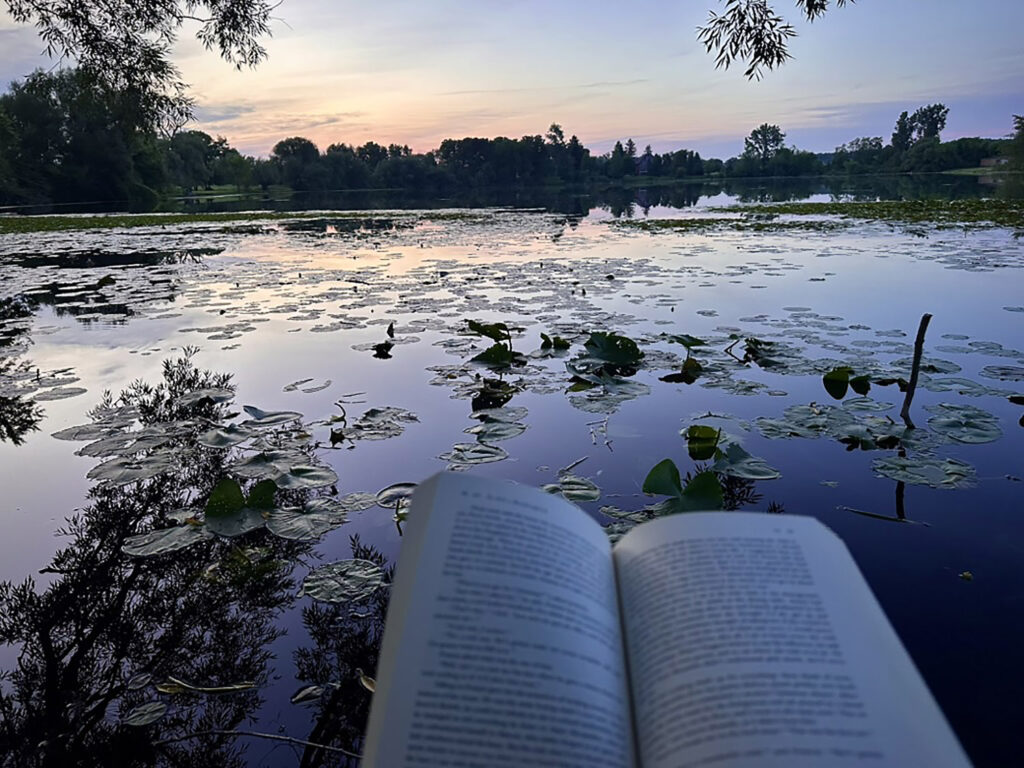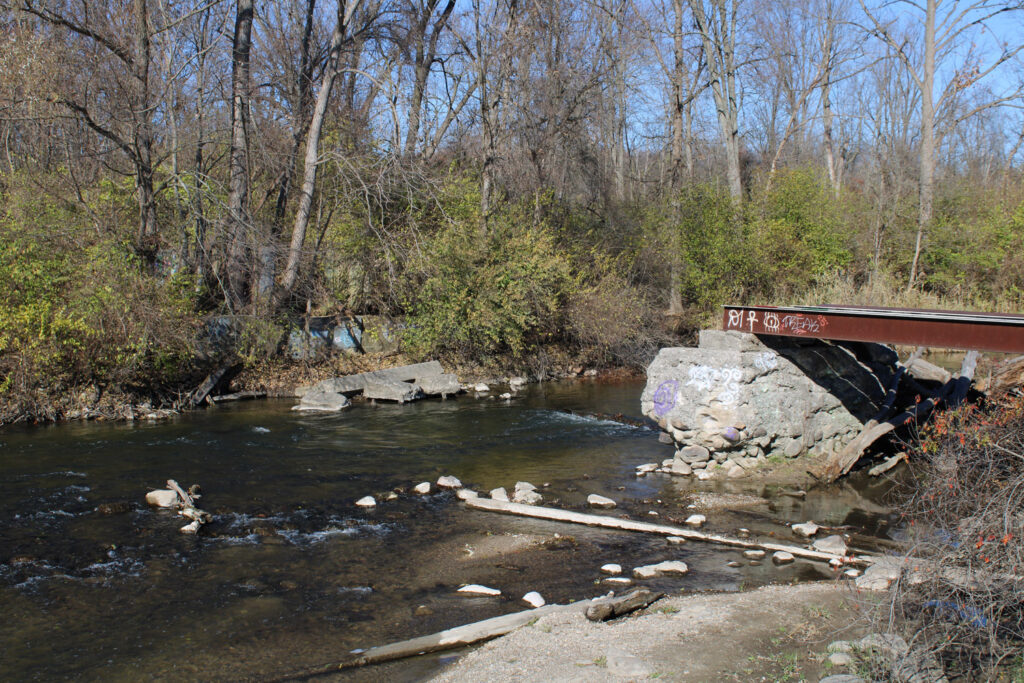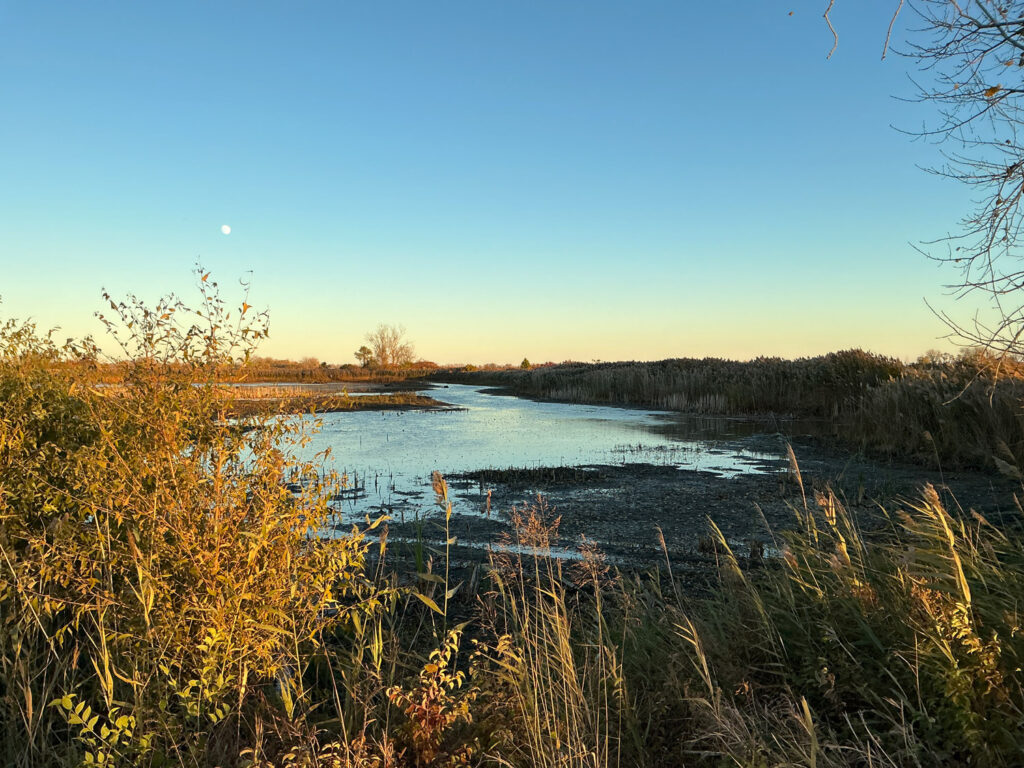The North, the Midwest, and the Rust Belt all in one state. Michigan is the setting for a new American novel.
The American mythos typically brings to mind visions of John Wayne, a golden Californian surfer, a tight-lipped east coast WASP in pearls, or haunting figures from Southern Gothic novels.
We know Flannery O’Connor, Joan Didion, Mark Twain, F. Scott Fitzgerald, or even Donna Tartt: storytellers that expertly use the atmosphere and mythos of these regions to tell well-crafted and memorable stories.
Yet the Great Lakes region is absent as a setting of American storytelling, excluding Ernest Hemingway, who set some short stories in the region rather than an entire novel.
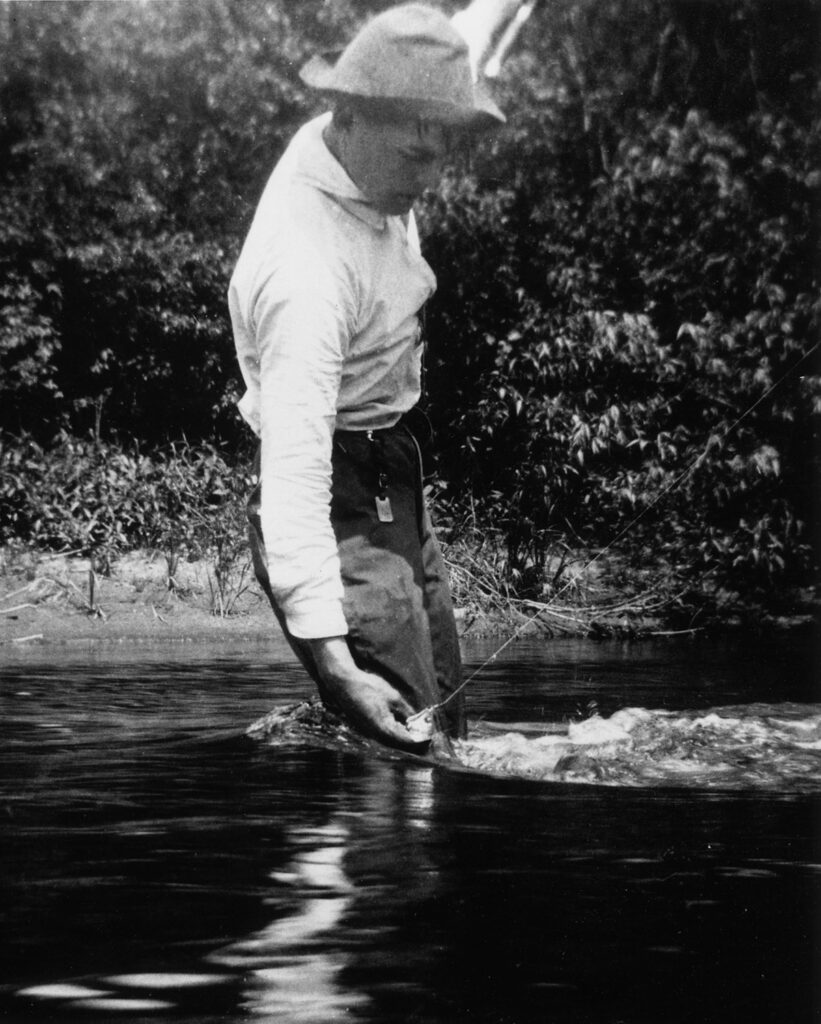
It’s not as if the Great Lakes region has ever found itself wanting for exciting settings. The wooded shores, legendary storms, deep forests, plunging limestone cliffs, and sweeping rivers speak for themselves.
The dynamic urban landscape too has served as inspiration for some of the most influential and talented artists in rock, pop, and soul in the last 60 to 70 years—not to mention influence Motown has had on mainstream tastes.
Michigan’s unique geography and history might just make it the best narrative setting to explore American issues, discussions, and turmoil.
Michigan triangulates three important and distinct subcultures in America in a way that only the Great Lakes region can. First, it is midwestern. Throughout much of the state, small towns are surrounded by growing corn and tangles of soybeans.
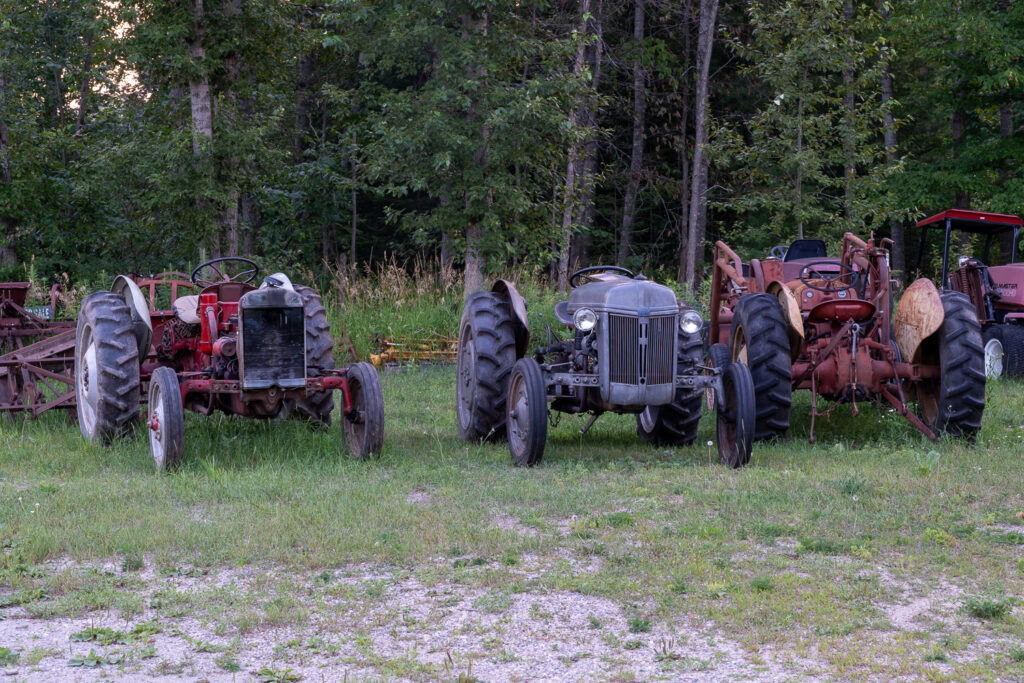
They host “Drive Your Tractor to School Days”, go nuts for high school football games, and keep their town and family loyalties close to their hearts. There is true American grit, pride, and kindness in Michigan small towns, even when they bear the hardships of a changing, less localized world.
Still, the people here have a kind word or an extra minute to spend helping a stranger.
Second, Michigan was the heart of industry and birthplace of the assembly line.
Not only did the state demonstrate its prowess in the automotive industry, but it led the way in wartime aviation production with the miracle of Willow Run and continued to push the boundaries of 20th century urbanism by blending different cultures and mass immigration.
Detroit, at the time one of the richest cities in the country, was also one of the major stops on the Hillbilly Highway between the 1930s and the 1970s. Those decades resulted in the white Appalachian culture blending with local and new regional African-American culture, all on the turf of generational Detroiters.
While the successes for such an experiment were varied at different times and in different neighborhoods, it was undeniably one of the most interesting and thoroughly American mixes of people. They worked side by side for decades and inspired a period of egalitarian optimism which was common after the second world war.
Detroit was one of the cities in which some of the first thoroughly assimilated and American-identifying cultures blended together. The opportunity that came when the city’s industry (while far from perfect) started to open new doors and inspire new questions for Americans in the 20th century.
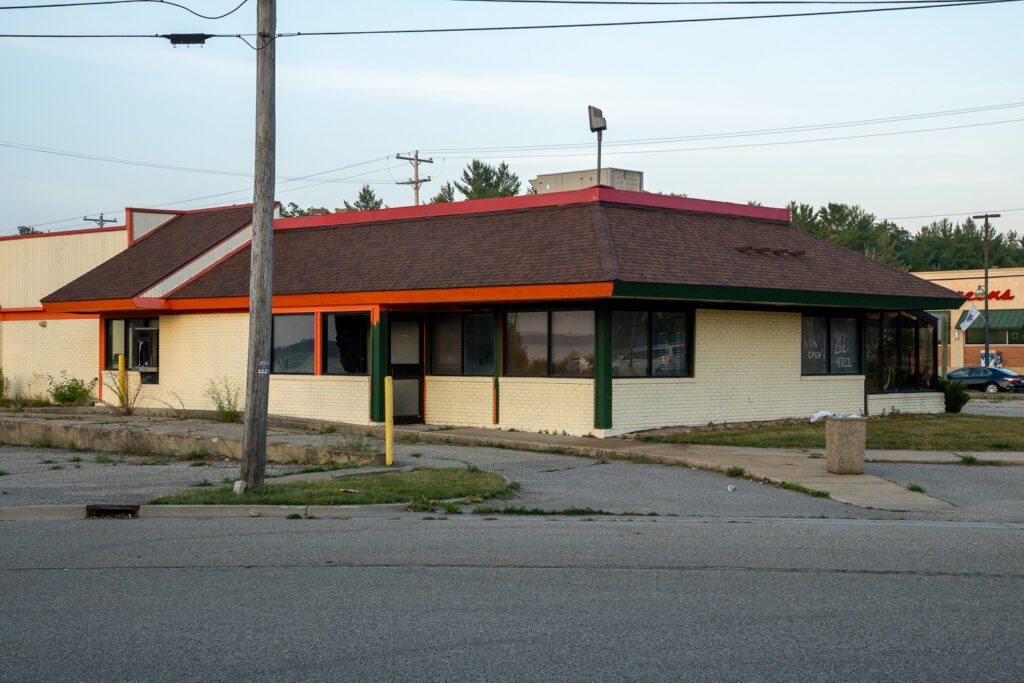
Even in its perceived decay, Rust Belt culture has been criminally under-examined through American narratives, but there is truly endless opportunity for the creative mind.
The third, and in my opinion the most exhilarating one, is the true northerner spirit that exists around and above the 45th parallel. This is the place where the deep forests dare one to enter and the Lakes are eager to send a reminder about who is truly in charge of the state.
It is a unique flavor of maritime mystery (not totally dissimilar to that of the saltier East Coast) and the indomitable spirit of a Western explorer.
At one time, Michigan was a frontier. The wild fur trappers and cutthroat merchants of the Great Lakes exploration days have a comparable edge to the intrepid Rocky Mountaineers and traders.
Our pre-American and early American time is marked by some of the most interesting and dramatic stories to happen on the continent, which never seem to get their fair share of appropriate limelight. The riveting tales of Rene-Robert Cavelier La Salle, his conflict with Jesuits, ruffian fur traders, warring Native American tribes, and egotistical French governors are seldom told.
British, French, and American soldiers built and burned forts along the coast or drowned fighting historic naval battles. We are home to a myriad of Civil War heroes, symbols of courage and principle that paved the way for a changed America.
Michigan is brimming with true, captivating legends, haunted by shipwrecked ghosts, and founded on the audacity that drove La Salle and others to explore this land.
All of these subcultures that exist simultaneously create a perfect setting to examine some of the most identifiable and important American subcultures, and how they can all be true at once. For them all to exist in one state is unique and incredible.
Michigan has always produced important American creatives, but few American creatives have looked long and hard enough at the Great Lakes region to notice that it is brimming with possibility.
The potential that Michigan holds for storytelling is still largely untapped, but there are centuries of riveting history and cultures to draw from in our pleasant peninsulas.
Anna Bassols is a contributing writer for Michigan Enjoyer.
